The nuances of growing strawberries in pots
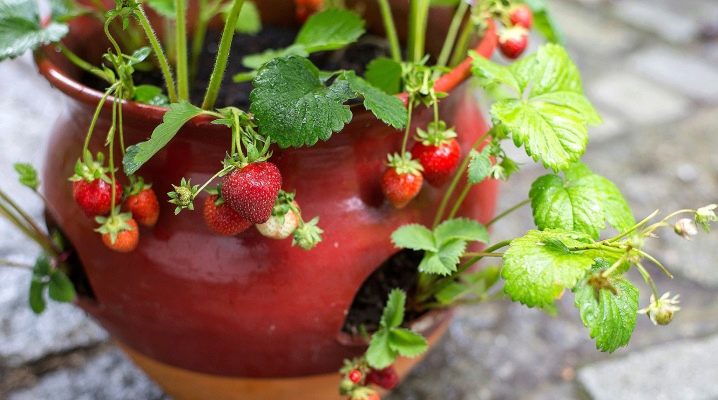
Strawberries are a favorite berry of children and adults. However, its growing season is short, you can please yourself with juicy taste and useful vitamins only in the first month of summer. However, if you grow this crop in a container, then you can harvest all year round.
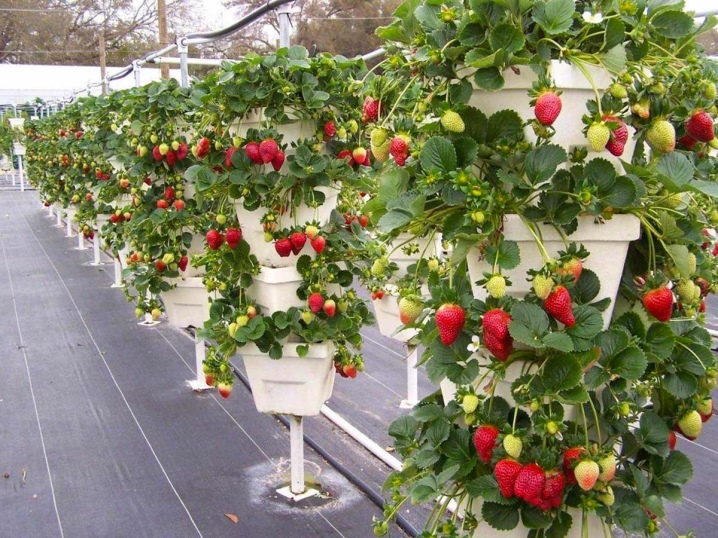
Advantages and disadvantages
The roots of garden strawberries are shallow, so the culture grows and develops easily in pots. The main thing is to choose the right container, high-quality substrate, and find a lighted place.
The idea of growing a potted crop has its advantages and disadvantages.
Let's list the main advantages.
Vases with strawberries look impressive, so they can become part of home interior decor and landscape design in the country. Cascading whips allow this plant to be used for vertical landscaping.
The pots can be placed anywhere on a balcony, loggia or garden plot. And if you use multi-level stands, you can achieve significant savings in usable space.
If desired, the pots can be moved from one place to another.
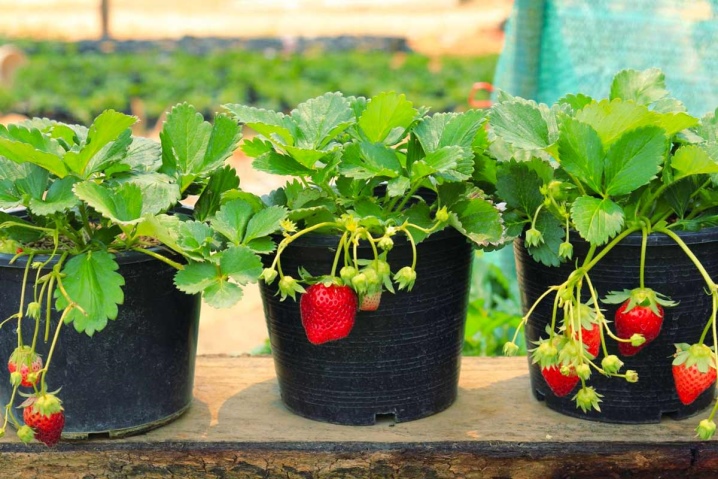
Growing strawberries in a container prevents overflow in case of heavy rain, for this you just need to remove the planting under the canopy. Likewise, protection from hot sunlight is provided.
Ripening fruits do not come into contact with the soil, this significantly reduces the risk of infection with fungal infections, and minimizes crop loss.
If strawberries are cultivated indoors, then the fruits can be harvested not only in summer.
For all the attractiveness of the idea, it also has significant drawbacks.
Substantial expenses - you will have to purchase pots, containers and other accessories.
Not every variety is suitable for cultivation at home, and not all types of strawberries can be used for vertical gardening.
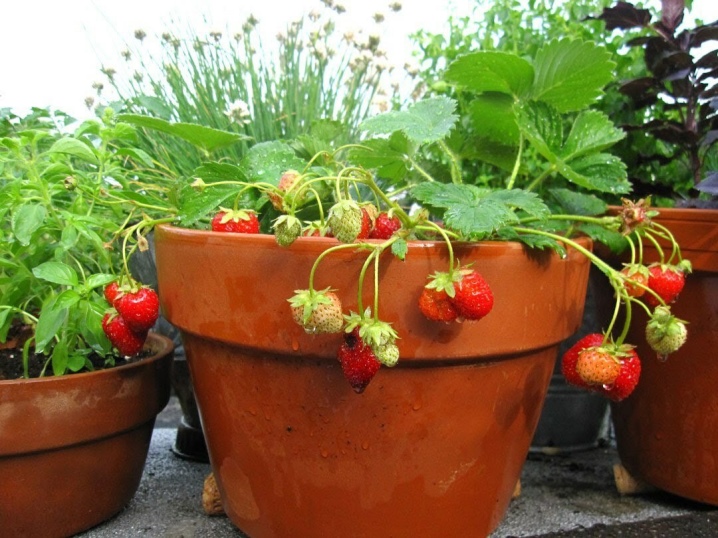
There are varieties that bear fruit exclusively in open areas, and there are those that require cool storage in winter.
High labor costs - the plants need to be planted, then constantly watered, fed and loosened. Moreover, this will have to be done much more often than when growing strawberries in the garden, since the soil in containers dries out and depletes faster.
However, growing garden strawberries in containers will be very successful if you follow the basic recommendations.
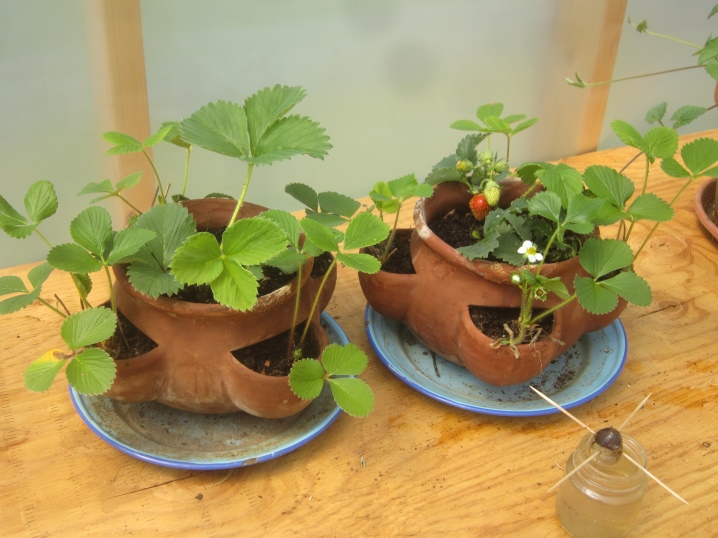
Suitable varieties
The culture optimal for growing in an apartment must meet the basic criteria:
-
remontability - the ability to bear fruit several times during one growing season;
-
no special requirements for the duration of daylight hours;
-
the possibility of fruiting at any temperature.
Most often, several varieties of strawberries are planted in containers.
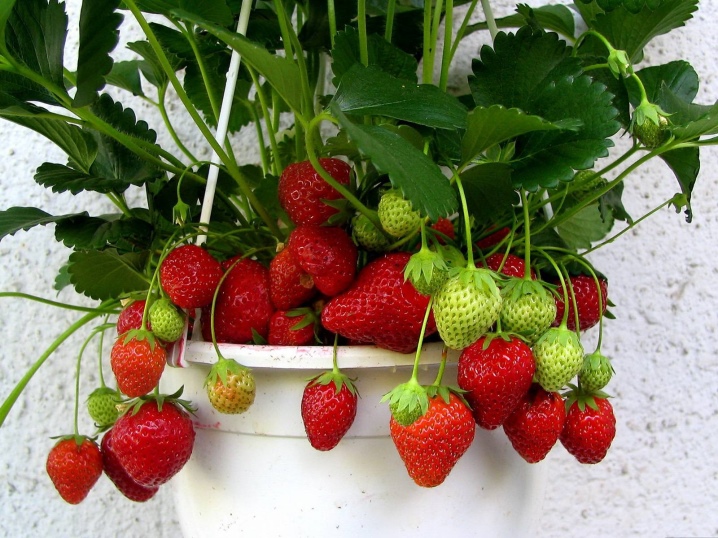
- "Supreme" - the variety is optimal for home cultivation. The plant does not need pollination, it is neutral in relation to daylight hours.

- "Homemade delicacy" - a hybrid variety, gives a large yield of small sweet berries.
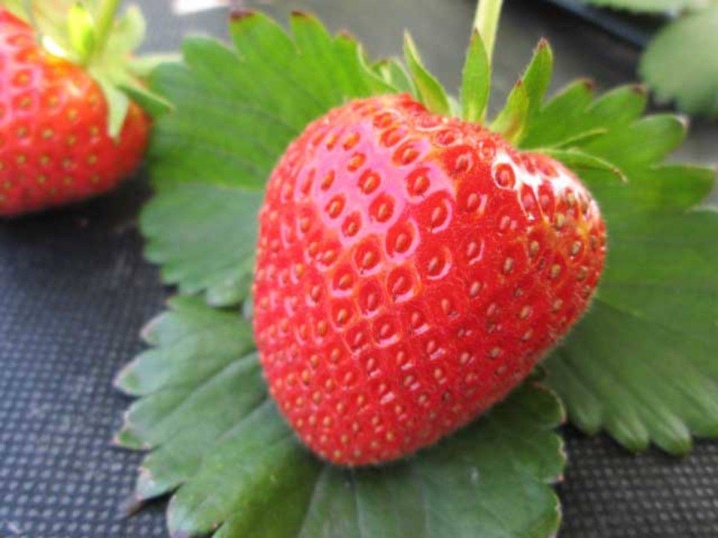
- "Moscow delicacy" - a high-yielding variety, from each bush allows you to collect up to 1 kg of fruits weighing 15-30 g. Neutral to daylight.
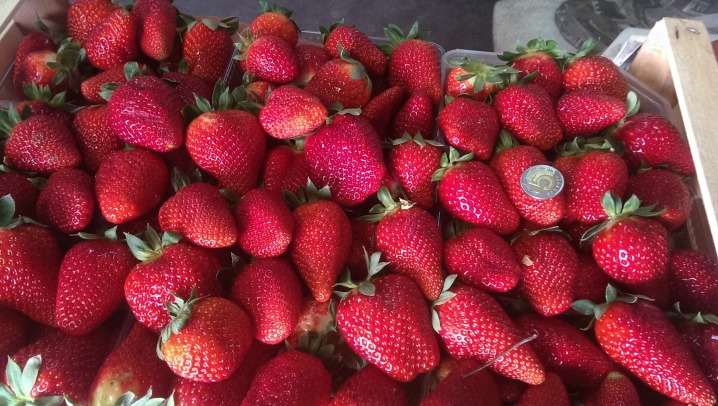
- "Felice" - ornamental variety, can be used in gardening. Neutral to light. Gives a high yield of medium-sized fruits with the taste of wild berries.
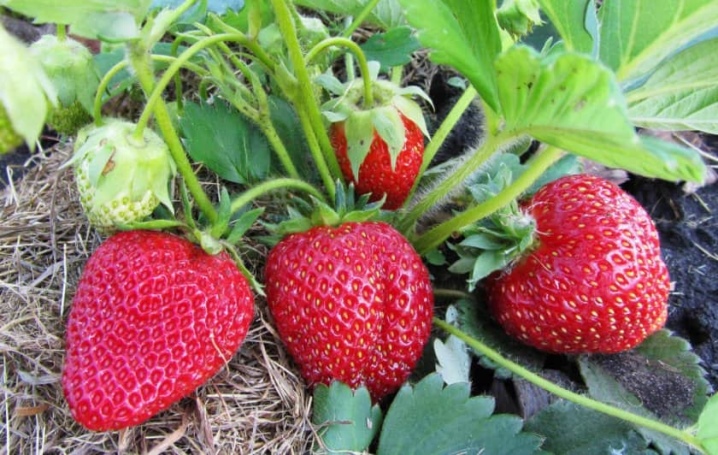
- "World debut" - continuously blooms with pink flowers from mid-May until persistent frost. The fruits are large, up to 30 g.
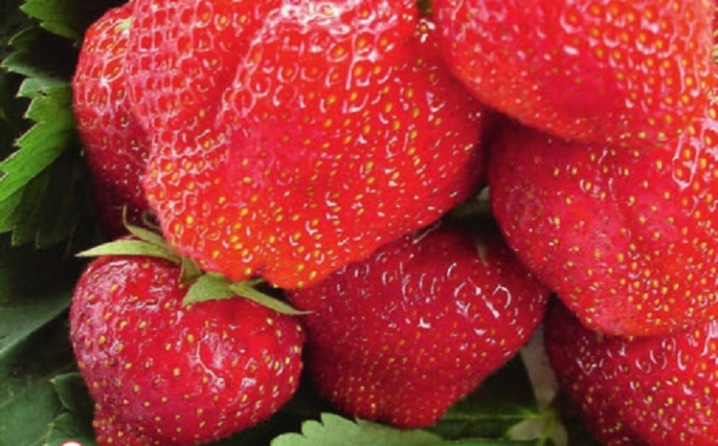
- Capri - a variety with a high sugar accumulation, even at the stage of technical ripeness, the berries are sweet in taste.
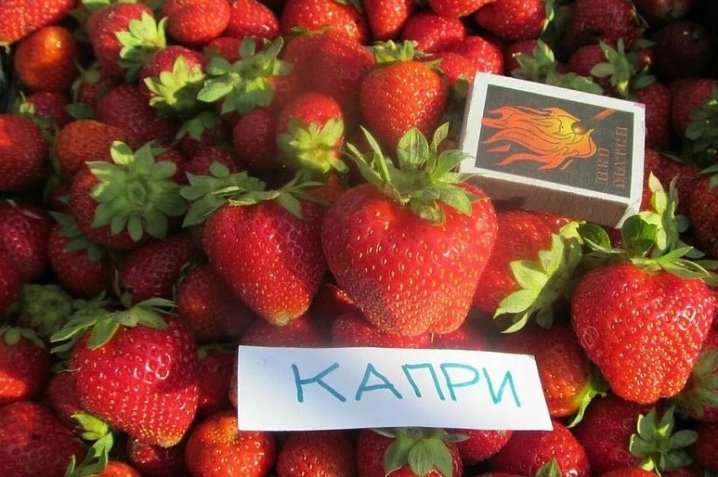
- "Temptation" - a hybrid of high yield, produces fruits with excellent taste and aroma. Fruiting is continuous, hibernates on the balcony.

- "Lyubava" - large-fruited high-yielding variety with long-term fruiting. Looks harmoniously in vertical gardening.
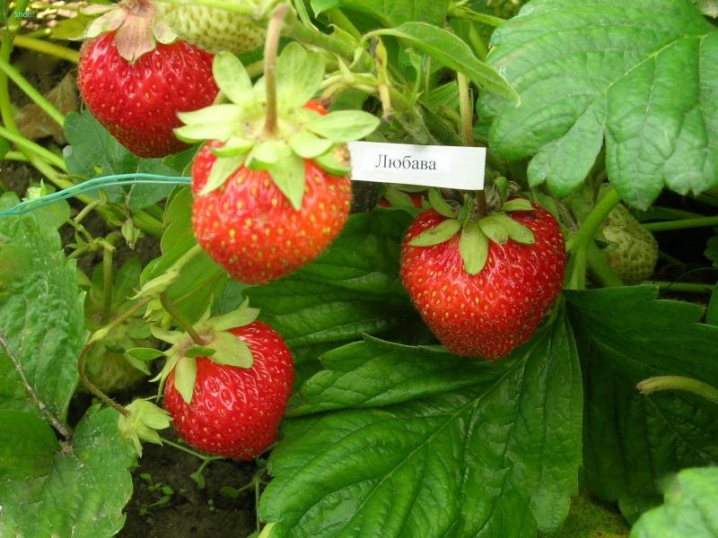
Preparation
Particular attention should be paid to preparatory work.
Pot
For the cultivation of remontant strawberries, you can take the simplest flower pots, hanging pots, as well as plastic flowerpots. Suitable containers are 5-liter plastic bottles and mayonnaise buckets. The size of the planting capacity depends on the number of seeds / seedlings; a flowerpot of 3-10 liters is considered optimal.
Drainage holes should be provided at the bottom of such containers.
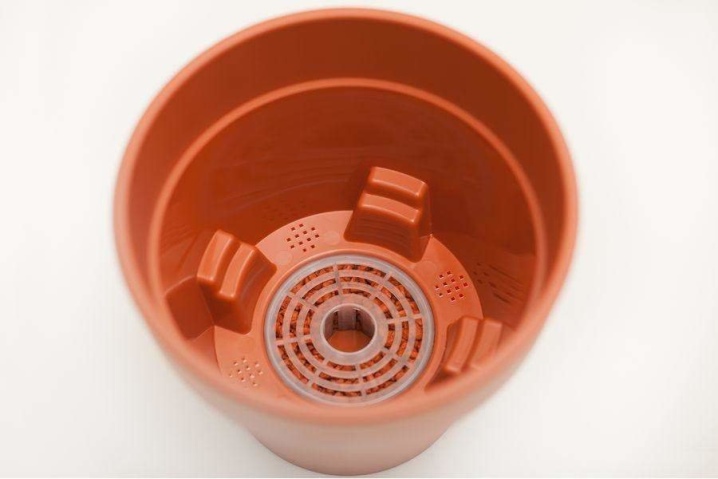
If they are absent, you will have to do them yourself. The plant goes 20-30 cm deep into the ground, so the pots should be slightly higher than this parameter. When choosing a color, it is better to give preference to light shades, since dark colors attract the sun's rays, and the earth in containers overheats excessively.
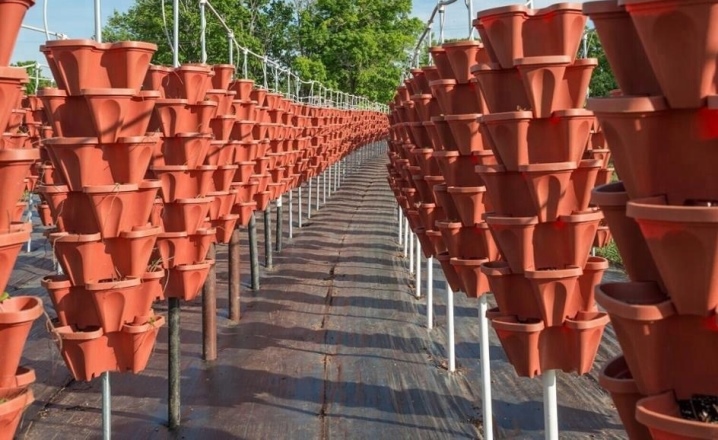
The soil
When growing strawberries in a container, the volume of land is significantly limited. Therefore, it is important to ensure that the soil mixture is as useful and nutritious as possible for the plant. The best option would be a self-prepared substrate. To do this, sod land is mixed with humus in equal proportions. For every 5 liters of the mixture, 2 tbsp is injected. l. nitroammophos.
To prevent the appearance of rot, and to destroy the larvae of insect pests, 2-3 days before planting strawberries, the prepared soil mixture is spilled with a pale solution of potassium permanganate.
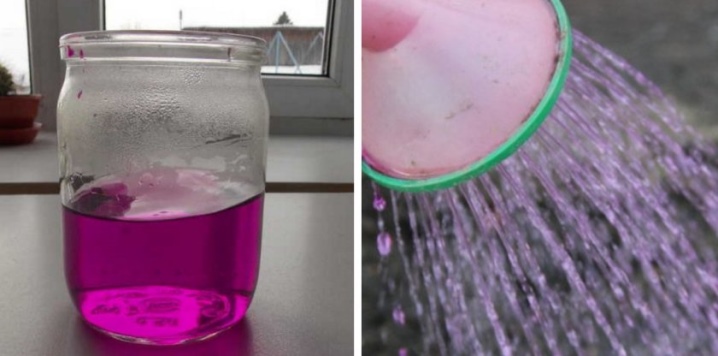
Planting material
Special attention should be paid to the preparation of the seed. Examine the strawberry bushes carefully for damage and infections. Only strong plants with healthy rosettes and healthy roots are suitable for planting in containers.
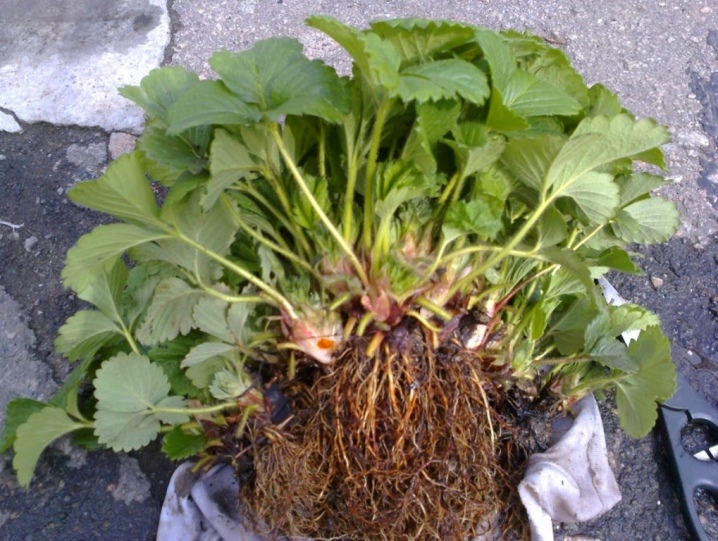
Landing
Planting strawberry bushes in containers is done in a certain way.
The bottom of the container is covered with pebbles, small expanded clay, crushed stone or any other drainage material.
Next, a scrupulous control of the seedlings is carried out. If the roots are too long, they must be shortened so that they can fit freely in the container.
A socket is placed in the prepared well. In this case, you need to carefully redistribute the roots throughout the pit, and sprinkle with a substrate. The soil is lightly tamped from above.
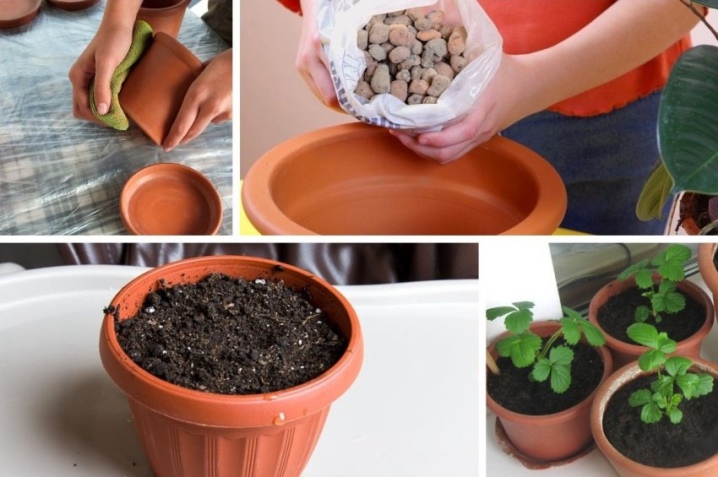
At the final stage, the seedlings are watered with water, it is desirable to treat the culture with "Epin", "Zircon" or another growth stimulator.
A container with planted strawberries is sent to the basement, semi-basement or other cool place for a couple of weeks. Thus, the dormant state of the fruit crop is imitated. This time is enough for the seedlings to rest for a new stage of the growing season.
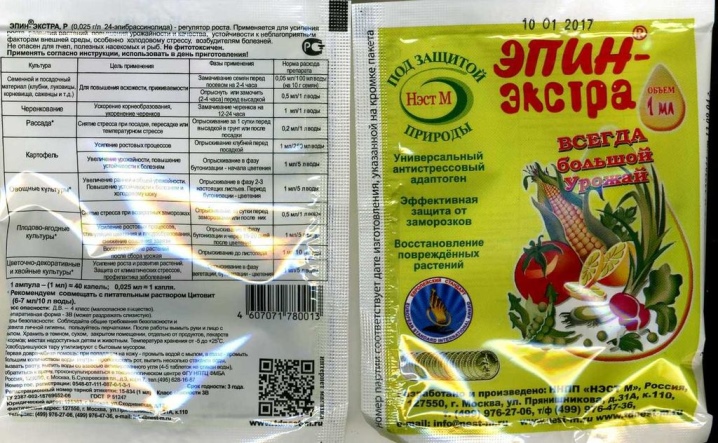
Care
To achieve a good harvest, you need to properly care for the crop. She needs a set of activities.
Lighting - if you plan to grow strawberries indoors, it is better to place the pot on an east or south windowsill. Of course, you can arrange plants from the north or west. But in this case, you will need to organize artificial lighting. In warm weather, flowerpots can be placed on the street.
Irrigation - Watering should be closely monitored. This should be done regularly and abundantly, while the water should be settled, heated to room temperature.
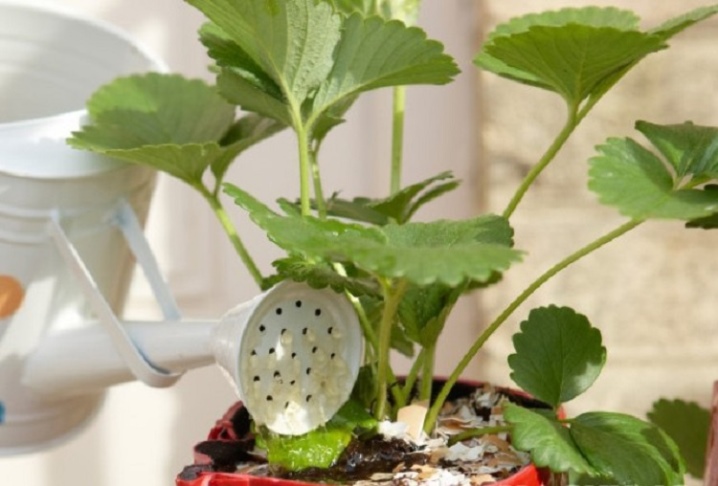
Temperature background - strawberries develop best at a temperature of 20-23 degrees Celsius. For the winter, containers with strawberries are placed in the basement.
Fertilization - at the stage of flowering and ripening of berries, the plant needs additional feeding, they are carried out once every 10-14 days. The greatest effect is given by mineral preparations and organic matter.A manure solution diluted in a ratio of 1 to 20 is used as a natural nutrient component. Ready-made complex preparations, for example, "Kemira Lux", give a good result. At the flowering stage, a single foliar treatment with a weak solution of boric alcohol will be required.

Loosening - To optimize the supply of water, nutrients and oxygen to the roots, loosening should be performed regularly. But this must be done very carefully so as not to damage the roots.
If the strawberry is grown at home, it will need artificial pollination (in cases where the planted variety is not self-pollinated). To do this, you can use an ordinary fan - it is turned on and directed towards the strawberries so that the pollen is transferred from one bush to the neighboring ones with a stream of air. In the absence of a fan, pollination can be carried out with a soft brush, it is led from one plant to another. With the arrival of heat, the seedlings can be taken out to the loggia or to the yard, then pollination will be carried out naturally.
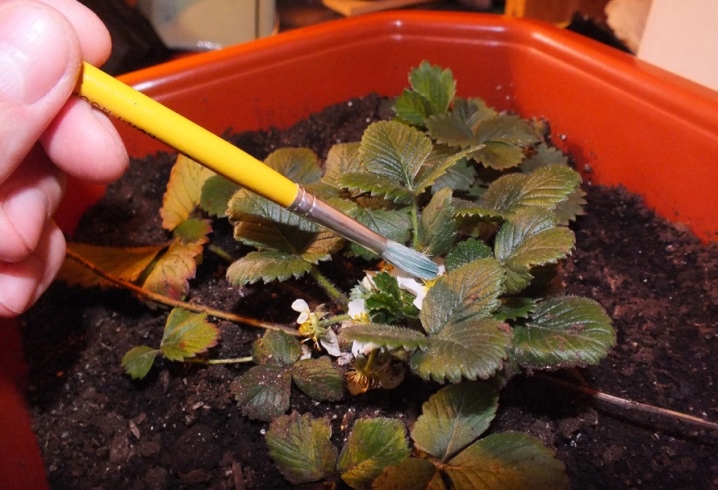
Diseases and pests
When growing garden strawberries, the development of fungal infections cannot be ruled out. Gray rot is especially dangerous for this plant. The disease can be determined by the appearance of a gray bloom and the beginning of fruit decay. To combat the disease in the early stages, you can use the drugs "Fitosporin" or "Fitoplus".
Leaf spot is another common problem. In this case, the leaves begin to dry, and the fruits are suspended in development. For treatment use "Fitosporin" or "Zircon".
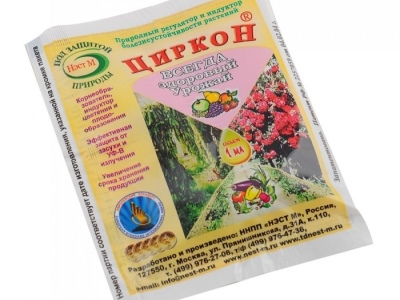
When grown in open areas, the crop can be attacked by garden pests.
Nematode - microscopic worms less than 1 mm long, use tall strawberry crops for nutrition and thereby harm plantings.
Weevil - bugs about 0.5 cm in size, eat out leaves and fruits.
Pennitsa slobber - a small insect, determined by the appearance of saliva on the leaves of strawberries, resembling foam.
Spider mite - this small pest is invisible to the naked eye, but the thin silvery cobweb it leaves is clearly visible on the leaf blades.
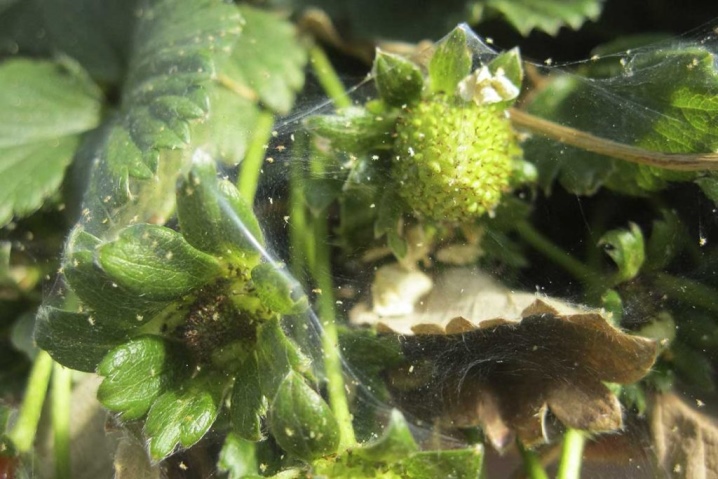
To combat insects, use drugs "Fitoverm", "Karbofos" or "Fosfomycin".
In the early stages of the lesion, folk methods give a good effect - spraying with onion, garlic, as well as tobacco and soap solutions. The same formulations can be used as a preventive measure.
When the scale of the lesion is large, it is better to remove the diseased plant from the container along with the roots and burn it. If you take timely action at the first symptoms of damage, there is a good chance to save the crop.
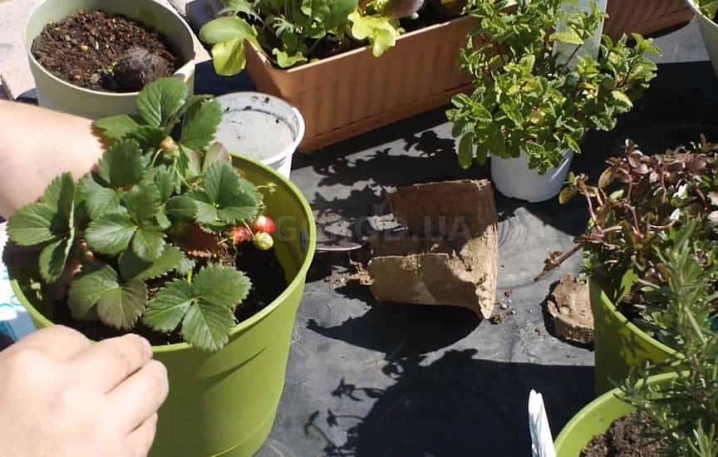













The comment was sent successfully.